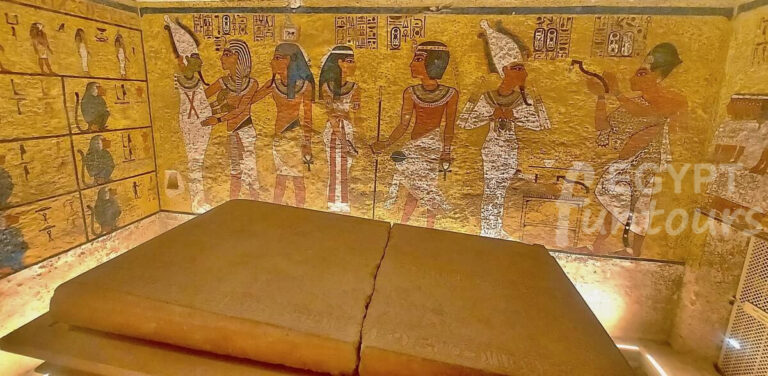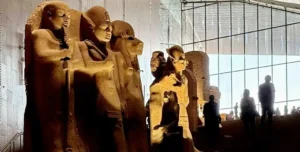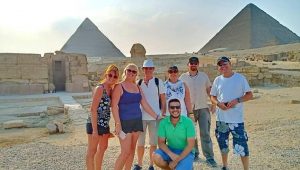Gayer Anderson Museum (Beyt El Kritliyya) is one of the most beautiful and intriguing examples of 17th-century Arab residential architecture still standing in Cairo, and it provides a perfect environment for ancient Egyptian, Coptic, and Islamic furniture, rugs, and artifacts. It’s off ‘Abd al-Magid al-Labban (Al-Salbiyya) Street in Sayyida Zeinab, Cairo, on the southeast corner of the Mosque of Ibn Tulun.
Gayer Anderson Museum (Beyt El Kritliyya)
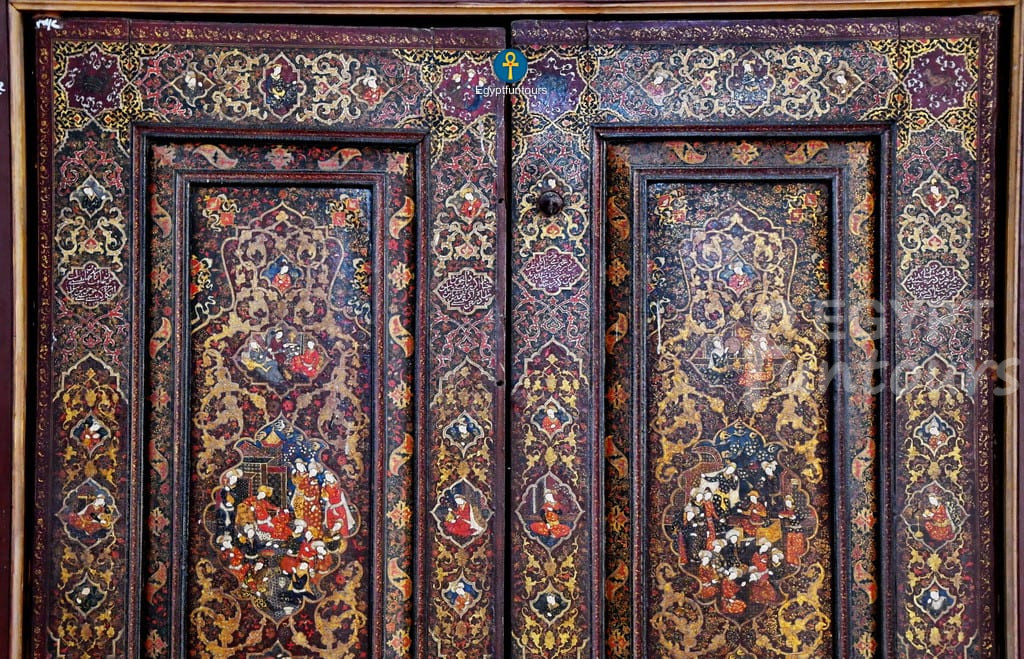
The History of Beyt El Kritliyya
Two homes make up the museum. They rest against the exterior wall of the Ibn Tulun Mosque. Hajj Mohammad Ibn al-Hajj Salem Ibn Galman al-Gazzar built the larger home in 1632 (1041 AH). It is on the east side of the mosque. A rich Muslim woman from Crete later acquired it. The house became known as Beit al-Kritliyya, or “House of the Cretan Woman.” Abdel-Qader al-Haddad built the second home in 1540 (947 AH). This one is on the west side.

Its previous owner gave it the name “Beit Amna bint Salim.” A bridge connected the two homes on the third floor. Its exact location is unknown. Today, we call them Beit al-Kritliyya. People usually built private residences against the mosque’s exterior wall. These homes had access to both the small streets and the mosque. According to reports, the homes blocked the view of the Ibn Tulun Mosque from the outside in the early twentieth century.
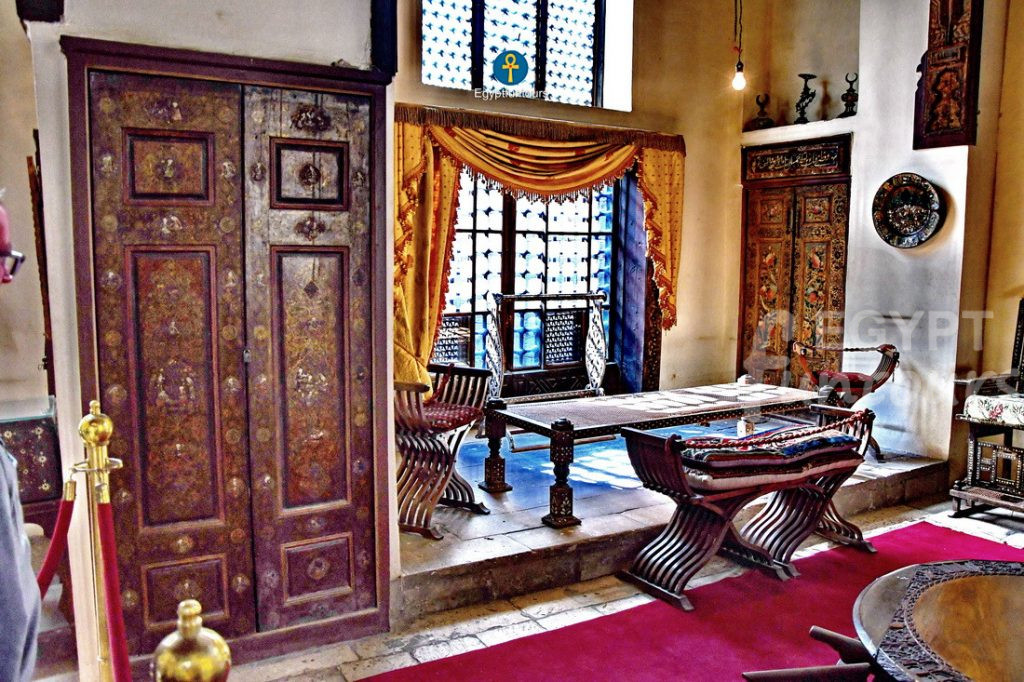
More Accessible Sites
As part of a campaign to make significant Islamic sites more accessible, the Egyptian authorities began clearing houses away from the mosque in 1928, many of which were in bad condition. The Committee for the Conservation of Arab Monuments, on the other hand, opposed the demolition of Beit al-Kritliyya since it was in such good condition.

The house was preserved, and after the surrounding homes were demolished, repairs were done to the side walls to reinforce them.


